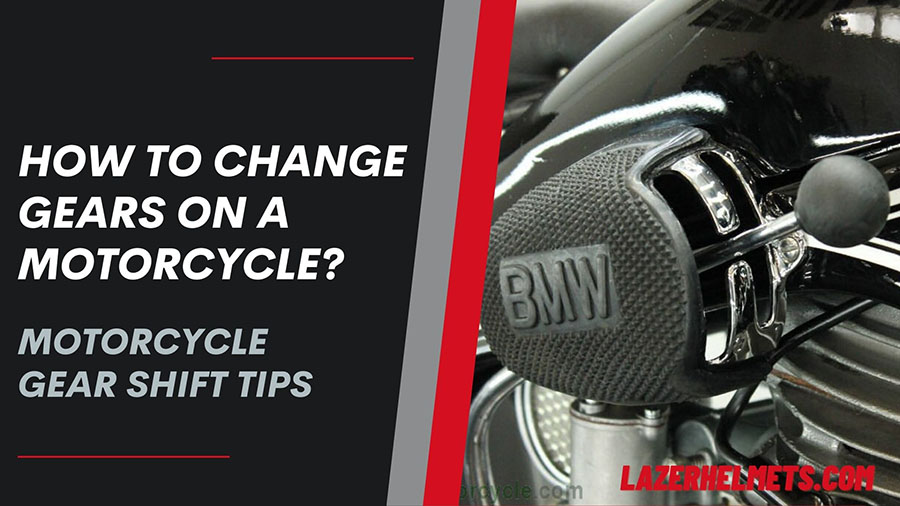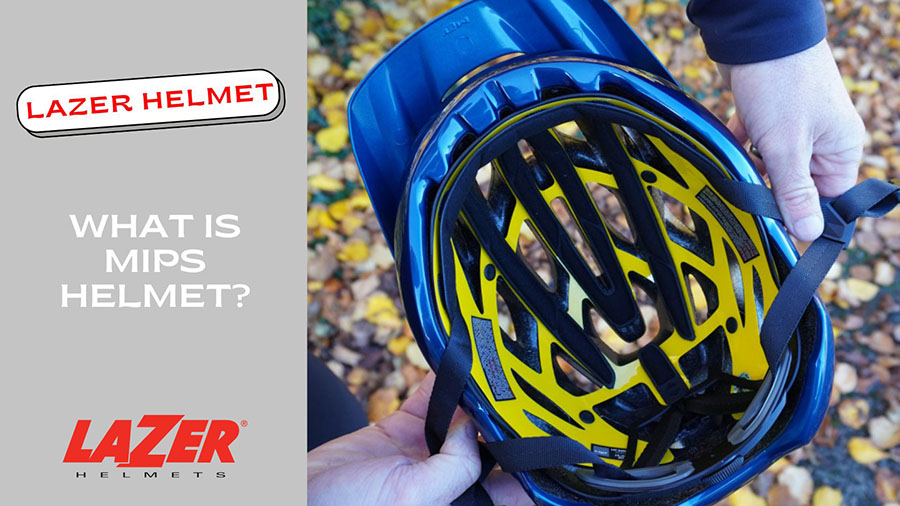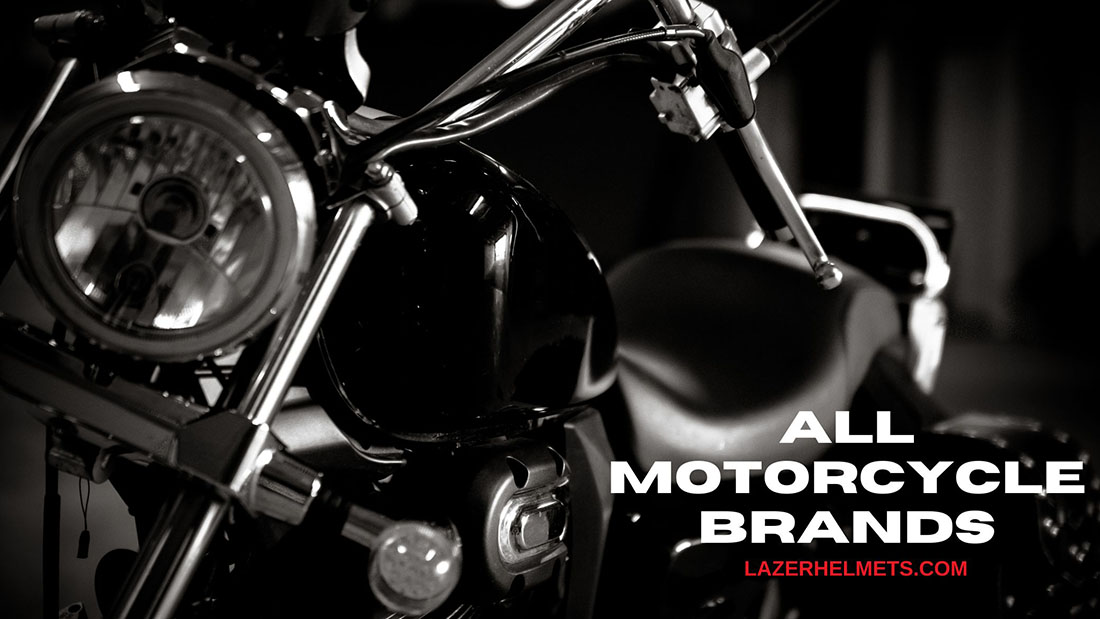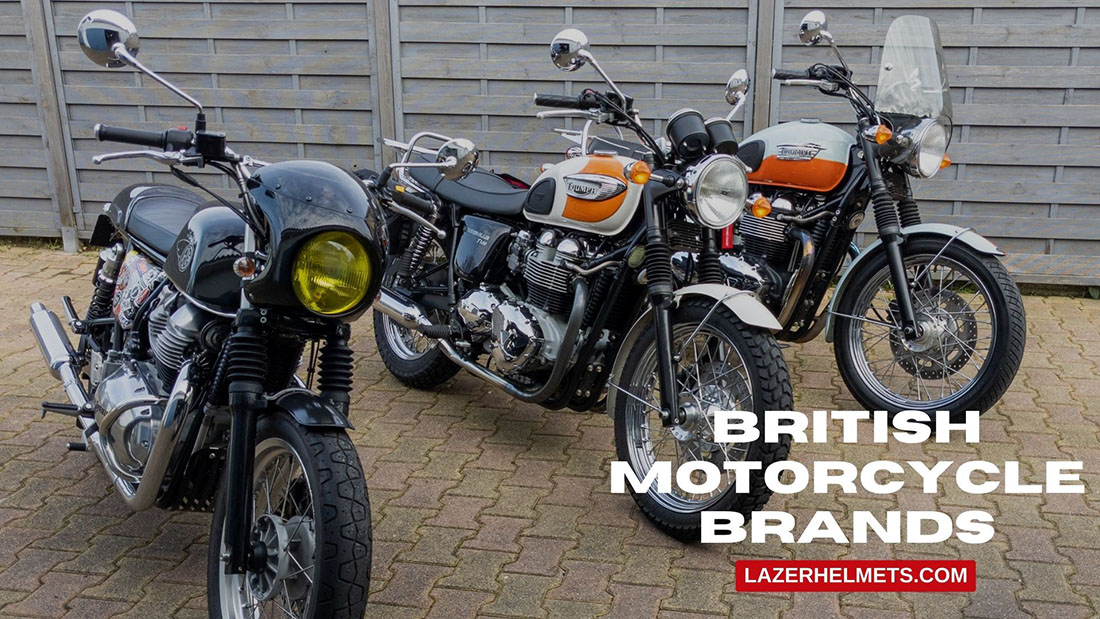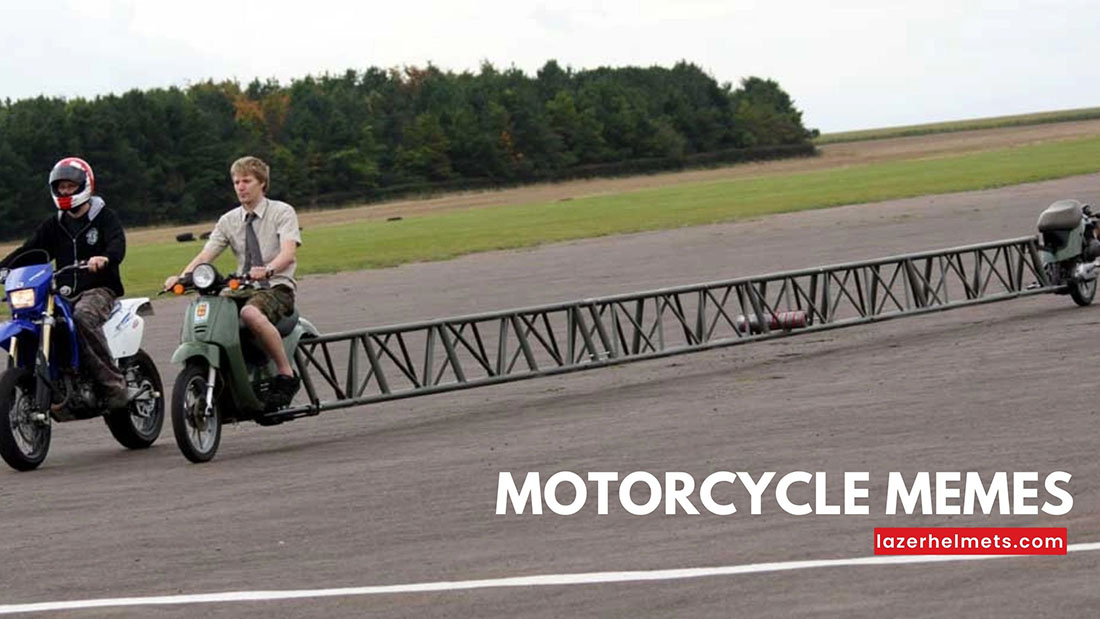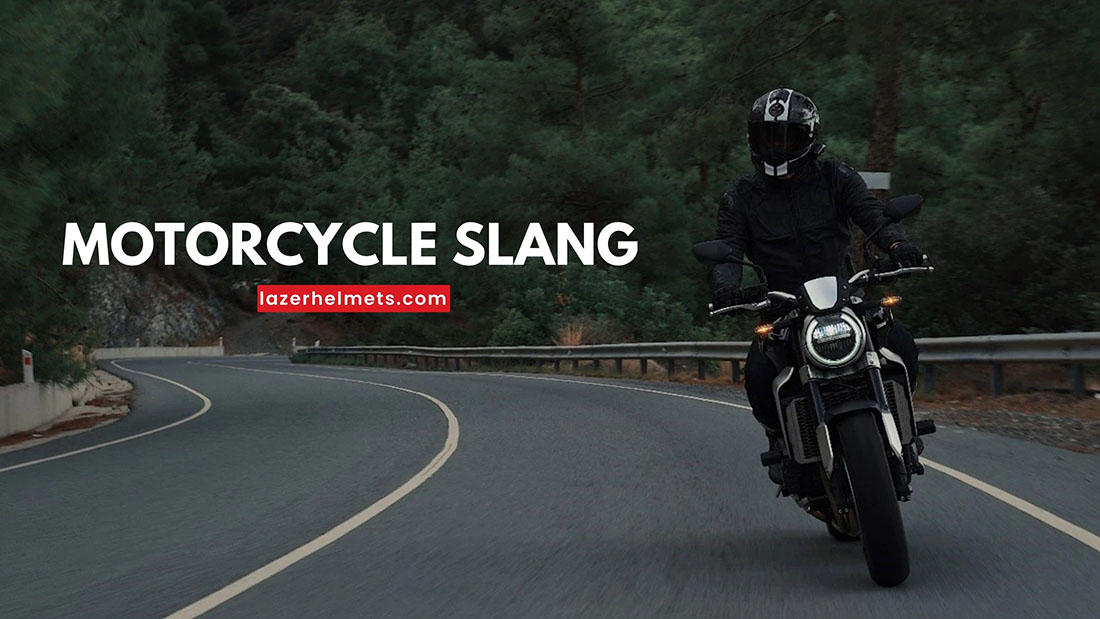Unbeknownst to many, gear-changing is considered one of the most critical skills on a motorcycle road trip. By matching the road and engine speed, you will gain total skills over the motorbike’s performance, which does wonders in sidestepping accidents and mishaps on the street!
Nevertheless, many people are still confused about this process. Hence, we craft this insightful article to give you better insights into how shifting gears on a motorcycle work and different methods to change them.
Table of Contents
How to Shift Motorcycle Gears?
This section will gladly recommend three different methods: manual transmission, semi-automatic transmission (clutch-involved), and clutchless shifting (no clutch involved, just as the name suggests).
There’s no way to tell which one is better; assess your shifting skills, types of bikes, and available features to decide the ultimate solution you should turn to!
Method 1. Manual Transmission
Step 1. Familiarize Yourself With The Shifting Compartments
Three features are tightly involved in the shifting process:
- The clutch: Where is the clutch on a motorcycle? Well, it is placed on the handgrip’s front, responsible for moving the engine torque to transmissions.
- The throttle: on the hand grip (to the right), whose rolling helps increase the RPM in your engine, keeping stalling accidents at bay.
- The gear shifts: positioned on the pedal (left foot) in the form of a bar, taking charge of switching among gears.
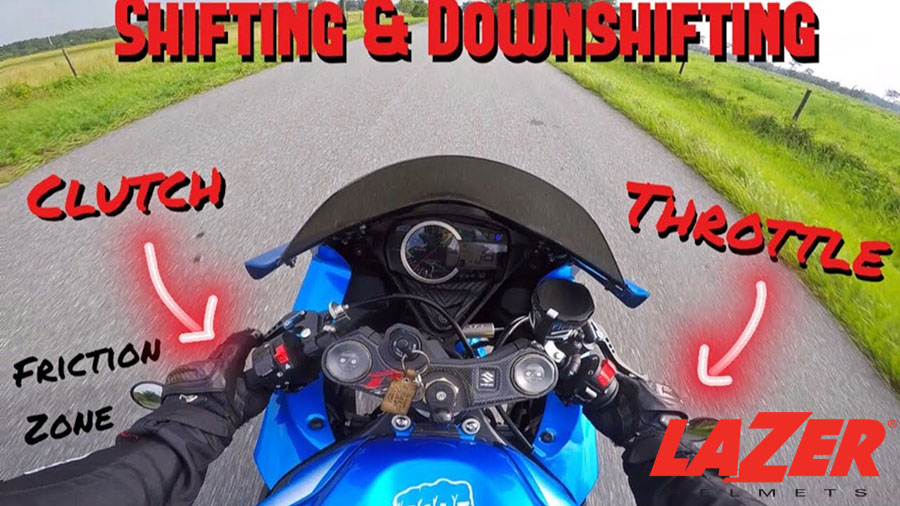
Keep practicing with them until you can use all three with ease!
Step 2. Start Your Bike
Now squeeze the clutch and press “Starter” to kick-start your vehicle, ensuring it’s rested on Neutral.
Now it’s time to engage in the first gear. Close the throttle and pull its clutch all through. In the meantime, push the shifter downwards to move the shift into the first gears. Once done, apply the throttle gently while pulling away from the clutch gradually.
The bike will begin rolling slowly at this point. Now increase the throttle input, releasing your clutch entirely.
Step 3. Upshift Towards Higher Gears
When the bike reaches sufficient velocity for higher-gear shifting, roll it off, squeeze the clutch, and close its throttle.
Then place your left toes below the bike’s gear shift pegs and lift them as high as possible. While doing so, continue transcending to a higher gear by bumping its shifts upwards. One bump enters the second, second to third, third to fourth, etc.
Step 4. Downshift Towards Lower Safety Gears
Roll off the throttle and squeeze the clutch. Release the shift peg after pressing on it. And you are done!
Method 2. Semi-Auto Transmission
Step 1. Learn The Fundamental Control
Unlike manual transmissions, their semi-auto counterparts only require two main functions – the gear shifts and the engine. In a semi-process, the clutch and gear shifts are tied together, activating both controls simultaneously through the gear shifts.
Step 2. Turn On The Motorbike
The next step is to straddle your bike, guaranteeing it’s rested in neutral. After that, proceed to the gear-shift task illustrated in the next phases.
Step 3. Move Into The First Gear Pattern
The procedure is straightforward; you only need to throttle the bike’s engine, pressing down one click upon the gear shifts. First gears are always located by lowering the shifts one notch; meanwhile, other gears are approached by pushing the shifts upwards.
Step 4. Shift Onto The Higher Gears
The process is more or less similar to step 3. Again, throttle your engine, pushing the shifts upwards using your toes. This movement will let them enter second gear. Repeat the same steps to transfer it to the third, the fourth, et cetera.
Step 5. Downshift Towards The Lower Gears
Do you want to reach a full stop now? Then downshift towards the lower gears by pressing the shifts down. Once the bike has stopped at a sweet spot, remember to put it in neutral.
Simple, isn’t it? Should everything go as planned, you have just completed a proper shifting technique.
Method 3. Clutchless Shifting
It’s easy to realize that both methods introduced above involve clutch pressure. Here comes a critical question: is it possible to downshift without clutches? (also referred to as clutchless shifting).
Is Clutchless Shifting Even A Real Thing?
Our answer is Yes, there is. But why do we not really recommend it to our readers?
The reason is that the method requires a bit of practice, finesse and precision – something only experienced riders have. Plus, its performance advantages are not that different compared to the other two strategies, so sticking to the latter is still much safer.
But we cannot deny that it’s incredibly fun. A bit of clutchless shifting in a racing competition will certainly wow your audience and other rivals!
So How Should You Do It?
Step 1. Downshift Using The “Blipping” Throttle
First, decelerate the vehicle with your throttle closed – but then open it quickly to allow gear changes and unload the transmissions. Remember not to open it entirely – only a small part is enough.
Step 2. Upshift Towards Higher Gears
For clutchless upshifts, we suggest timing the shift with the momentary window that activates after your transmission has been unloaded and the revs reach their peaks.
This method works best during the brakes’s faster acceleration, which helps match the road speed precisely to your engine revs. Such a combo might be somewhat tricky to master – but again, that’s why it’s so fun and satisfying!
When and What Gear Should You Shift
The shift pattern on a motorcycle might be a stranger to many novice riders, but you can let your hair down since we have a thorough summary when to use which gear, from the first to the sixth.
- First gear (0-15 km/h): when you shift the bike from idle to start. 1st gear is not for driving! And keep in mind that the N gear (neutral) between the 1st and the 2nd just acts as a middleman to safely prepare for the actual riding.
- Second gear (15-30 km/h): when the bike riding begins. A 2nd gear is highly recommended for busy roads or inactive traveling.
- Third gear (30-40 km/h): unlike the first two, the third gear’s speed array leans more into approximate overviews than something you must strictly comply with.
- Fourth gear (40-50 km/h): when you truly start quickening the manual motorcycle. Now, feel free to enjoy higher-speed road trips with the 4th gears!
- Fifth and sixth gear (over 55 km/h): rarer and extremely dangerous. Unless you can ensure the highway is a safe environment – free of pedestrians and traffic – avoid 5th gear and 6th gear at all costs.
See more: How Fast Are 250cc Motorcycles?
Extra Quick Tips for Smooth Shifting
Note down these small tricks if you want to achieve smoother shifting!
- You can disengage the motor clutch by squeezing its gear shift lever with your left fingers.
- Choose the right gears by pressing the shift lever, which acts as a gear selector.
- If the bike lurches ahead, you might rev the engine a bit too much. Slow down to reach a smooth shift!
- Do not release the clutch lever too fast; otherwise, the motorbike will jerk.
Conclusion
This well-researched post has explored all common questions and inquiries about the shifting pattern on a motorcycle.
Though the concept might sound complex at first hearing, the shifting methods (except for clutchless ones) are relatively simple even for a beginner; all you must do is keep in mind our inclusive guidelines and practice until they are all grained into your brain!
The timing and place to perform shifting techniques on which gears are also important; no modern motorcycle gears are similar, after all! Ensure that you have fully grasped the function of each gear and how to assess the best moment to apply pressure on them.

